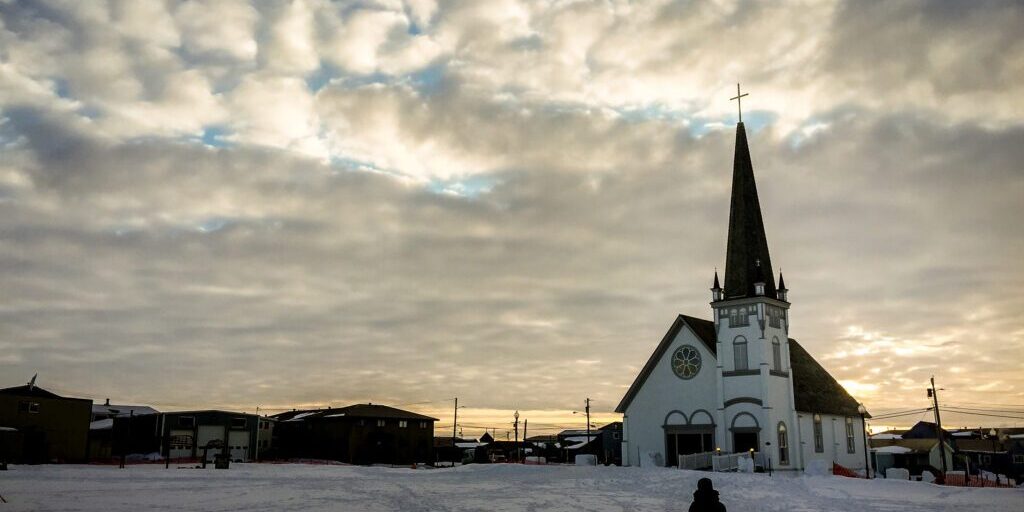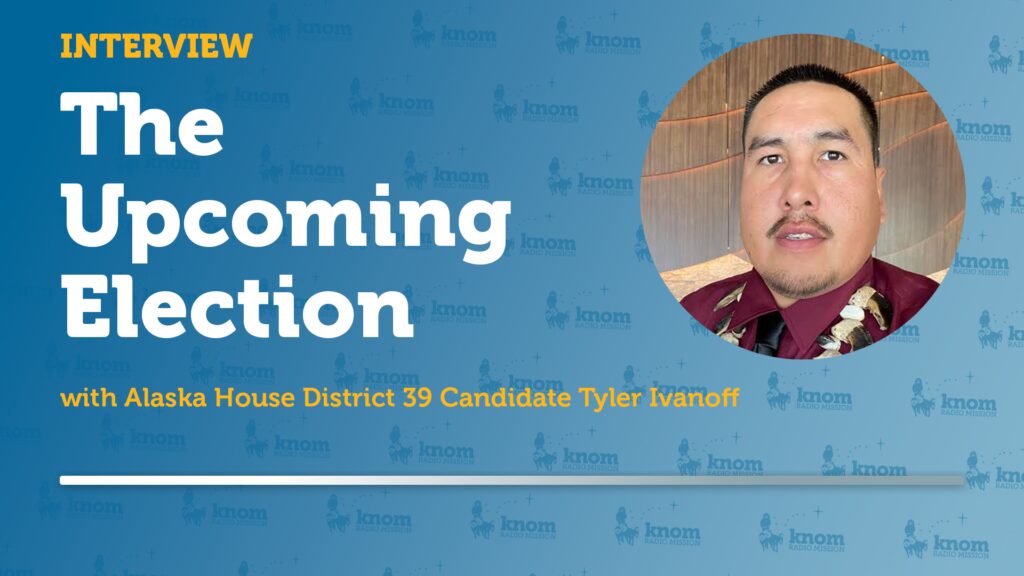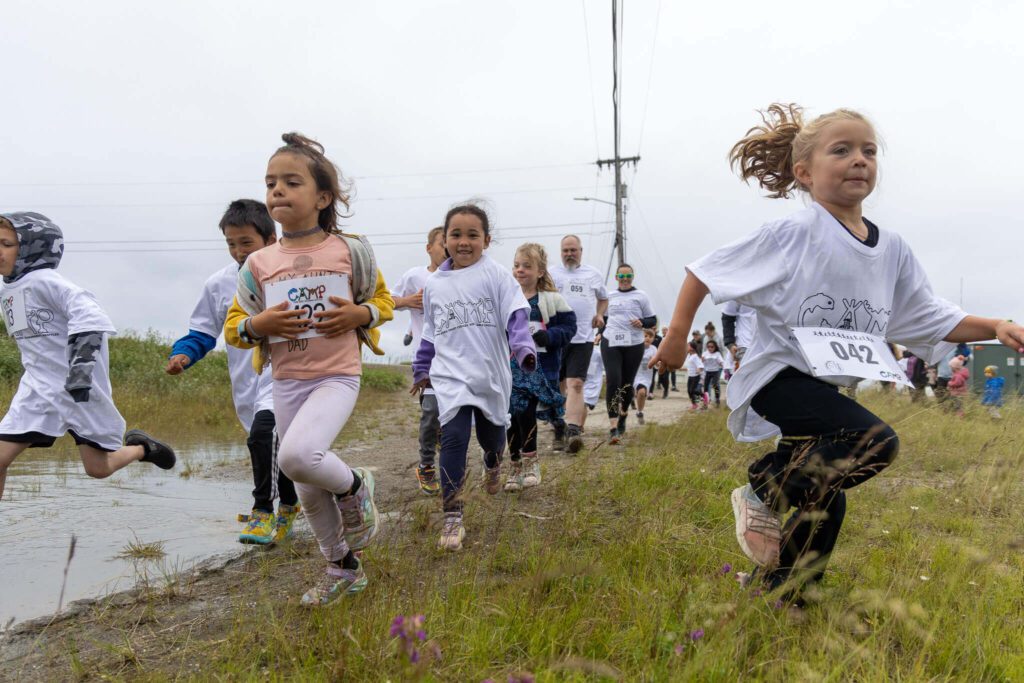The U.S. Department of Commerce’s Economic Development Administration (EDA) sent a team of agency employees to Nome last week to evaluate new and existing economic strategies for the Bering Strait Region. Kawerak hosted the team and others at the Nome Covenant Church during a session titled “Community Solutions: Creating Opportunities.”
Ethan Tyler, Manager of Economic Development for the state of Alaska’s Division of Economic Development, was one of the interagency employees who participated in the conversation about the region’s economy. Tyler explains there was another reason why he was visiting Nome: to gather information for a state-wide economic strategy.
“I like to describe it as kind of a roadmap, which we’re in the process of creating, where there’s a lot of background research done both on challenges of the past and some of the legacy challenges to business and economic growth in the State, what’s been done about it in the past, so, in that sense, you’re kind of mapping out where you’ve already been,” surmised Tyler. “Part of the reason that we are here is we’re going around the State and doing community forums where we talk with business and community leaders in different regions of the state.”
During their three-day visit, officials from many U.S. Departments, including the Departments of the Treasury, the Interior, and Transportation, joined regional leaders from organizations like Kawerak, the Bering Straits Native Corporation, and the Inuit Arctic Business Alliance.
Tyler says having so many different voices present for the conversation greatly benefited Kawerak’s session and the development process of the state’s economic strategy.
“I think that this has been really unique, to have federal representatives from EDA here to be a part of this conversation, and it’s brought a number of community stakeholders out, so that’s been really beneficial to this process and for our state-wide effort,” said Tyler. “I think that having the EDA involved in this particular forum really allowed us to get a broader range of folks… this is Alaska’s plan; it’s meant to be inclusive.”
Tyler reiterated that every Alaskan’s input is wanted, and he has traveled to every region across the State to get as much input as possible. There is also a survey available online at NorthernOpportunity.com for those who couldn’t attend any forums in person.
During Kawerak’s session, multiple topics were discussed besides the economic development strategy, such as shipping in the Arctic, the ivory ban in various states, and Native tourism opportunities. Danielle Slingsby, Outreach Coordinator for Kawerak, says each topic came with its own set of challenges.
She recounted an example she had been told by Megan Alvanna-Stimpfle during the session, by saying, “if our residents on the island want to halibut fish, the challenges just to get them on the water fishing and selling their halibut commercially not only include facing the weather and being successful on their own, but things like setting up a bank account, getting your boat registered… (having) no local bank and no local DMV prohibit the ease of doing those things.”
Slingsby says the federal and state government officials don’t always recognize these challenges as they occur in the Bering Strait Region. Robert Keith, a Kawerak Board member who was also in attendance, said the conversation was a success because bureaucrats and people who benefit from various state programs came together, exchanged information, and created relationships.
To end the three-day session, some attendees took a tour of Shaktoolik in order to see a village in the region that is threatened by climate change and has chosen to stay and protect. Tyler says the State’s Division of Economic Development will continue to collect public input on Alaska’s economic strategy until the end of January; then, a report will be put together and made available for more public comments.







